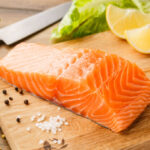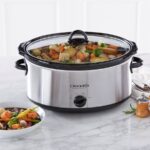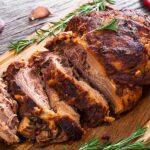It’s an age-old question: can you eat the shell of a peanut? We’ve all heard stories about people eating their food in nontraditional ways, but is it really possible to devour the encasing of this popular snack? While there has been debate surrounding this topic for years, we’re finally here to settle it once and for all. As always, safety should play a role when trying something like this. However, if done in moderation with proper precautions taken before attempting any type of consumption, then yes – you can indeed consume the shell of a peanut! Keep reading to learn more about what ingredients make up a peanut shell and how consuming one might affect your body.
Contents
What Are Peanut Shells?
Before we get into the details of can you eat the shell of a peanut, let’s start by looking at what are they? Peanut shells are exactly what they sound like – the shells or outer husks of a peanut. The shell is edible and contains proteins, fats, fiber, carbohydrates, and minerals that help make up a healthy snack. While the taste may not be the most desirable for some people, it still has its benefits when consumed occasionally in moderation.
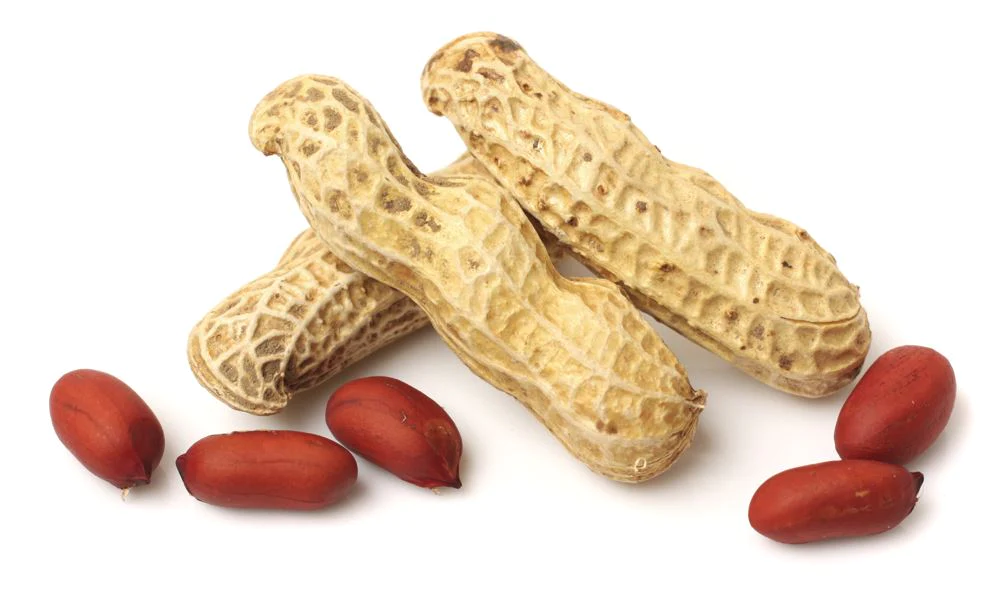
What Are Peanut Shells Made Of?
The peanut shell is made up of several different components such as polysaccharides, proteins, electrolytes, and other minerals. Polysaccharides are complex carbohydrates that provide energy and structure to the wall of the peanut shell while proteins help with its strength and flexibility. Electrolytes supply a source of energy when consumed while other minerals found in the shell can contribute to better overall health.
Can You Eat The Shell Of A Peanut?
In short, yes. When eaten in moderation and with the proper precautions taken beforehand, it is safe to eat the shell of a peanut. If you are concerned about safety, it’s best to avoid consuming the shells in large quantities or with anything else that could potentially bring harm to your body. Additionally, be sure to remove any debris from the shells before you start eating them.
It’s important to remember that eating the shell of a peanut should only be done in moderation and with proper precautions taken beforehand. If done correctly, it can provide your body with beneficial minerals and proteins that can help promote overall health.
Let’s watch this video to know more about can you eat the shell of a peanut.
Why Should You Know Can You Eat The Shell Of A Peanut?
The shell of a peanut is edible and can provide valuable nutrients, but it may not be the best idea to eat them raw. Peanut shells contain tannins – polyphenols that have bitter or astringent properties which could lead to digestive irritation if consumed in large amounts. In addition, peanut shells can be difficult to digest, as they are the outer coating of the seed. To get the most nutritional benefit from eating peanut shells, it is best to roast or lightly cook them first. Roasting brings out the flavor and can make them easier to digest, while also reducing some of the tannin content.
Factors Affect To Eat The Shell Of A Peanut
The first thing to take into account is your individual health. Some people may be more sensitive to the tannins found in peanut shells, making it potentially dangerous for them to consume. It is also important to consider the source of the peanuts – whether they are organic or non-organic, and if they have been treated with any chemicals or pesticides that could lead to health problems.
The second factor is how you prepare and eat the shells. Eating them raw or in large amounts can increase the risk of potential digestive irritation, while roasting or lightly cooking them can reduce this risk. In addition, it is advisable to avoid mixing peanut shells with other food items as this can further increase the chances of experiencing an adverse reaction.
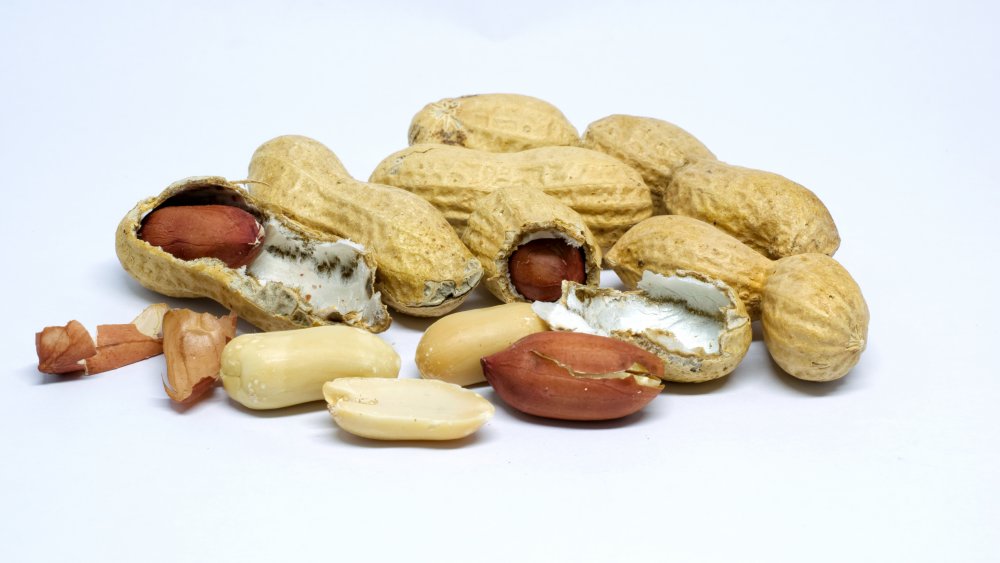
The Health Risks Of Eating Too Many Peanut Shells
Despite the numerous benefits of eating peanut shells, there are still health risks associated with it. Eating peanut shells in large quantities can lead to choking and other digestive issues such as bloating and gas which should be avoided. Additionally, peanuts filled with their shell tend to contain more fat than ones without them so consuming too much could potentially lead to various heart conditions. Lastly, some people may be allergic to peanuts so it’s important to always check with a doctor before trying this out for yourself.

How To Eat Peanut Shells?
Now that you know the answer to can you eat the shell of a peanut, let’s look at how to eat them. There are several ways to eat peanut shells, depending on the type of nut and how you prefer to consume it. For example, if you have boiled peanuts, you can simply bite into them like any other type of snack. If not, you may need to crack or crush the shell before eating it. Additionally, some people find that roasting or baking the shells helps make them more palatable. Lastly, you can also grind up the shells and use them as a topping for salads or other dishes.
How To Prepare And Cook Peanut Shells?
If you plan on consuming peanut shells, it’s important to make sure they’re properly cooked first. Boiled peanuts are fairly easy to prepare and can be made in a pot of boiling water with some salt added for flavor. Alternatively, you can also dry roast the shells over medium heat in an oven or pan for several minutes until they become crisp. However, it’s important to note that you should never attempt to fry the shells as this could lead to a dangerous situation.
Different Ways You Can Enjoy Eating Peanut Shells
Now that you know all the health benefits of eating peanut shells, why not give it a try? There are plenty of ways you can enjoy consuming these tasty treats such as adding them to salads, oatmeal, or smoothies. Additionally, you can also make your own trail mix with peanuts and their shells or just simply munch on them as a snack. Whatever you decide, just make sure to practice moderation and to check with your doctor beforehand if you’re concerned about any allergies or medical conditions.
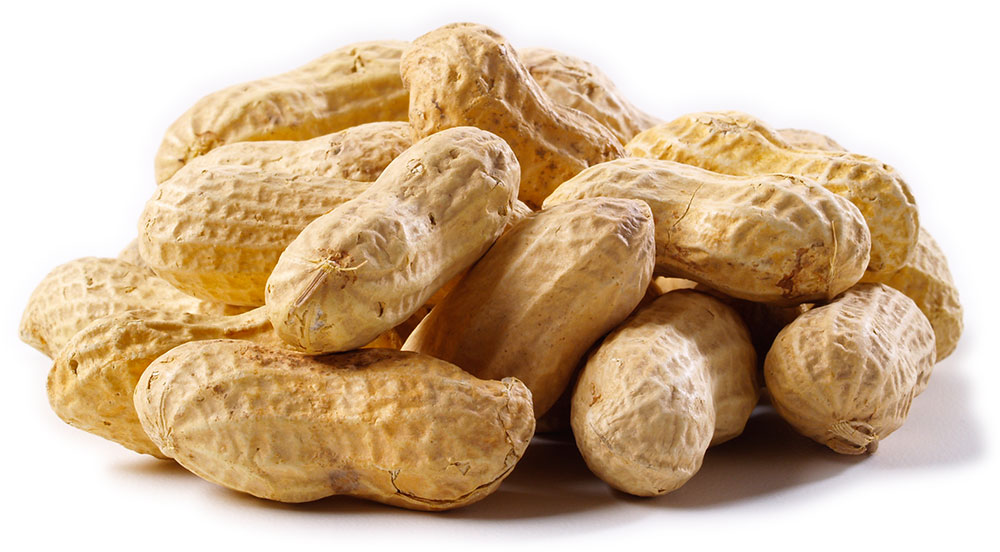
Some Tips For Preparing And Safely Consuming Peanut Shells
Now that you know more about can you eat the shell of a peanut, let’s explore tips for preparing them.
- Always make sure to remove any debris from the shells before eating them.
- If you plan on boiling the shells, it’s best to do so in a pot of boiling water with some salt added for flavor.
- Dry roasting is another great way to prepare peanut shells and can be done over medium heat in an oven or pan for several minutes until they become crisp.
- Consuming peanut shells should always be done in moderation as eating them in large quantities can lead to choking and other digestive issues such as bloating and gas.
- Lastly, if you’re allergic to peanuts or have any pre-existing medical conditions, it’s best to consult with a doctor before attempting to consume the shells.
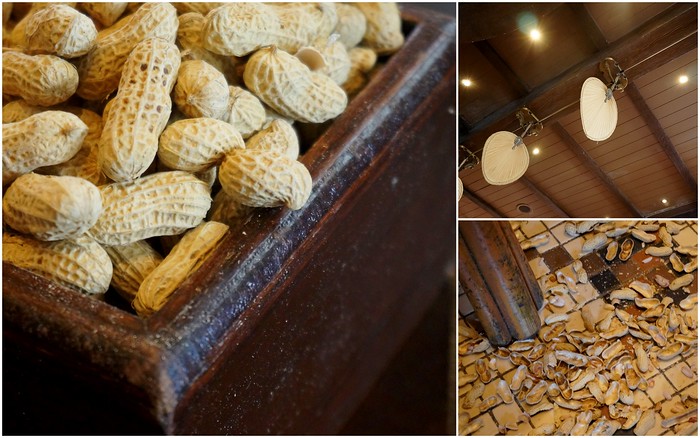
Conclusion: Can You Eat The Shell Of A Peanut?
So we have answered the question can you eat the shell of a peanut. Whether you’re looking for a unique snack or trying to add more minerals and proteins into your diet, adding peanuts shells to your meals can be an interesting and delicious way to do so. With the proper preparation and careful moderation, consuming peanut shells can be safe and enjoyable for everyone. So why not give it a try? You may just find yourself pleasantly surprised with the results! Thank you for reading at yongkangstreetnyc.com.
FAQs: Peanut Shells
Is it OK to eat fried peanut shells?
Deep Fried Peanuts are a delectable snack made by frying peanuts in oil. This delightful treat can be enjoyed whole, including the shell and the nut.
What are peanut shells called?
There are various common names for peanut shells, including peanut hulls, peanut shells, peanut husks, groundnut hulls, groundnut shells, and groundnut husks. This term refers to the species Arachis hypogaea L. in the Fabaceae family.
Are peanuts in the shell cooked?
Uncooked peanuts, known as “raw” peanuts, are dehydrated and need to be rehydrated before boiling. To rehydrate them, simply soak them in a bowl of water overnight. After rehydration, the raw peanuts can be boiled. Place them in a large pot of heavily salted water and boil away.
How do you clean raw peanuts in the shell?
Step 1: Prepare the Peanuts.
Step 2: Drain the Peanuts.
Step 3: Shell the Peanuts.
Step 4: Flavor and Enjoy.
Are peanut shells flammable?
Although peanut shells can be a valuable source of energy, they also come with a significant safety risk: like many other fuel sources, peanut hull dust is extremely flammable. It is crucial to design material handling systems that minimize the risk of explosions.
Why are peanut shells salted?
By soaking peanuts in a flavorful brine for hours, their shells become infused with a delicious taste. Once salted, these peanuts can be roasted or boiled to perfection in the oven.
Are peanut shells wood?
While peanut shells are not exactly wood, they share several similarities. Both are composed primarily of cellulose and lignin. Cellulose is a plant fiber that plays a crucial role in constructing the primary cell walls of green plants, essentially facilitating their growth.
Why are peanuts in shell so good?
Uncover the fascinating truth: the shells of peanuts play a crucial role in preserving their irresistible taste and aroma. Unleash your curiosity as we explore how these protective shells keep the volatile compounds locked in, ensuring a truly sensational snacking experience.
Do Japanese peanuts have shells?
Unlike regular peanuts, Japanese peanuts are unique snacks that feature whole peanuts wrapped in a crispy shell and enhanced with a delicious soy sauce flavor. Once you try them, you’ll see why our customers can’t resist these irresistible Japanese peanuts.
Do peanut shells have any use?
The potential uses of peanut shells have gained attention due to growing environmental concerns. They can be utilized as fuel, mulch, carriers for chemicals and fertilizers, bedding for livestock and poultry, pet litter, or soil conditioners.
Do peanut shells contain calcium?
When it comes to enjoying peanuts, opting for young ones is key to maximizing flavor. But did you know that peanut shells also have a hidden benefit? Calcium, a vital mineral for strong bones and teeth, is abundantly present in peanut shells. Discover the surprising calcium content of peanut shells and unlock the potential health benefits they offer.
Do shelled peanuts have a shell?
“Shelled” refers to nuts that have had their shells removed, like a “bag of shelled unsalted peanuts”.

Chef Yong Kang has over 20 years of experience cooking in the finest restaurants, and is excited to present their vision to you and all our guests. Our caring and committed staff will ensure you have a fantastic experience with us.
We are also available for private events:, business lunches, dinners, and more. We would love to discuss how to be a part of your next event.Our restaurant refuses to compromise on quality, which is why we source our fresh ingredients from local farmers’ markets.


